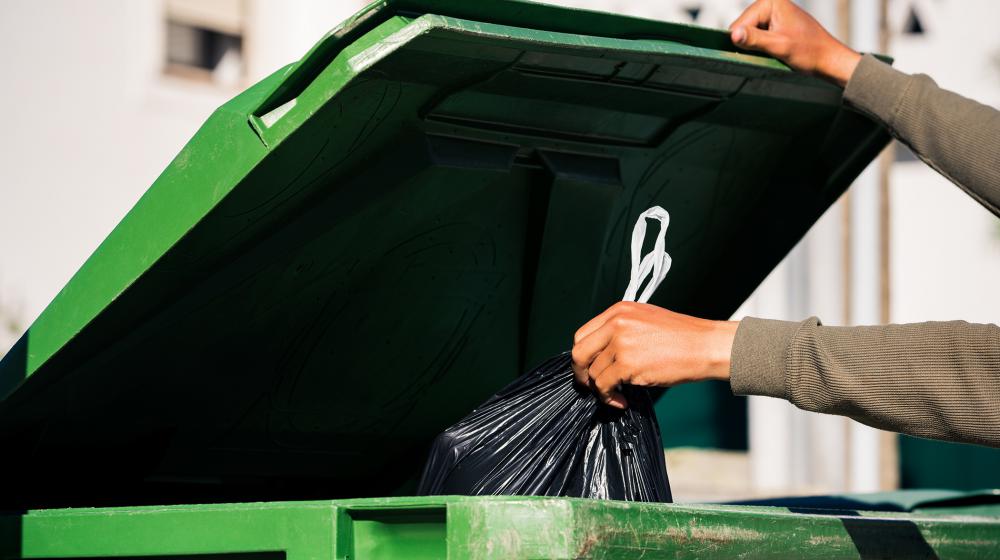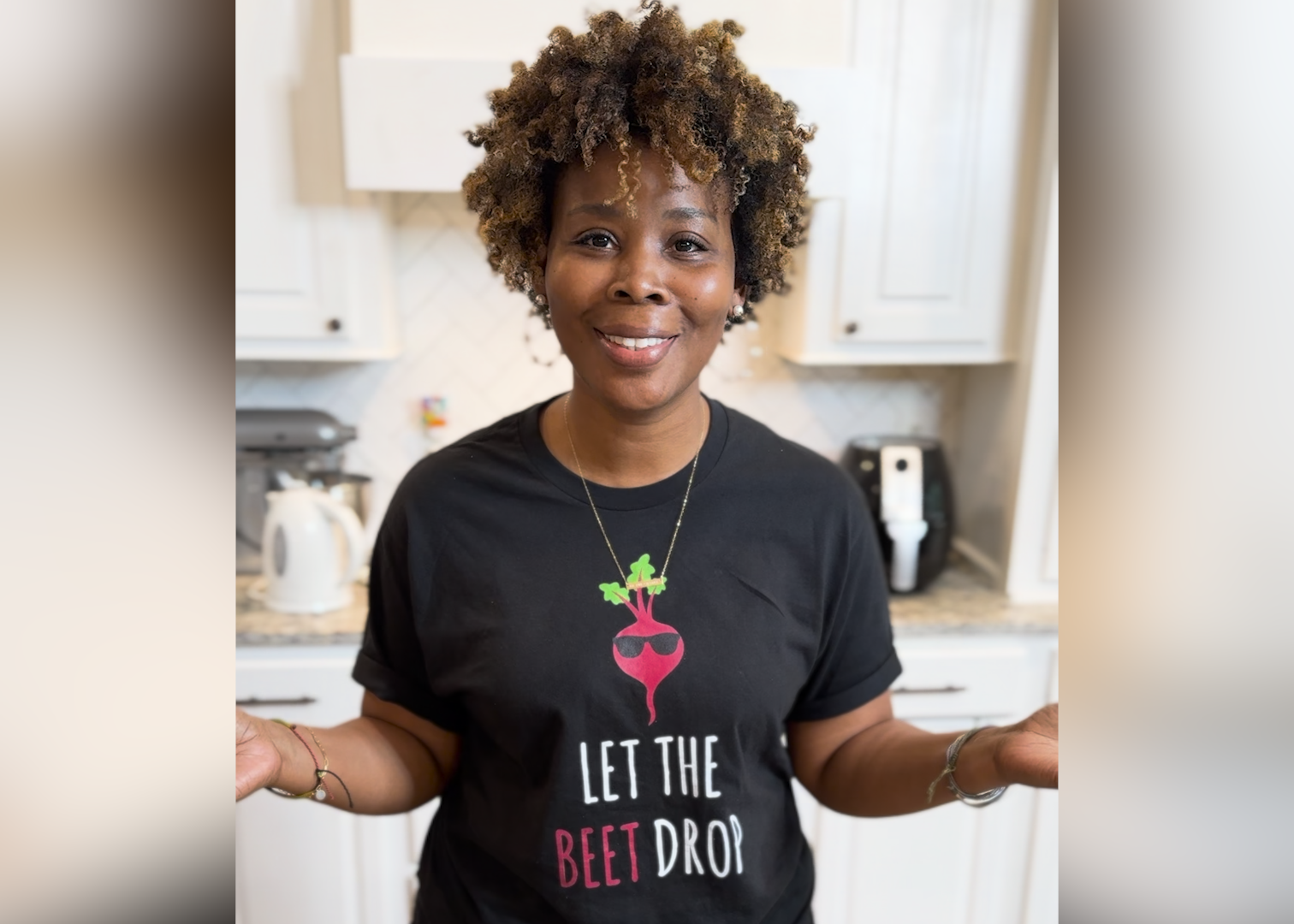What is Zero Waste?

Implementing at least some of the principles associated with zero waste can help reduce the amount of waste that goes into the landfill. Photo by Creative Cat Studios/stock.adobe.com
If you’ve heard the term “zero waste,” you may be wondering what that is and how it can be possible. If you’ve been shopping lately, you know the store shelves are lined with products packaged in disposable containers.
Zero waste is aimed at reducing waste throughout the production chain – from the time materials are gathered for production to the time the product is purchased and used by a consumer. Implementing at least some of the principles associated with zero waste can help reduce the amount of waste that goes into the landfill.
Living a zero-waste lifestyle must be complicated, right? Well, not really. Anyone can apply the principles of zero-waste living to their lifestyle, but you should first think about why you want to begin using these principles: to conserve resources, protect the environment, save money, and/or reduce plastics. This step will help you choose the habits you want to add to your lifestyle.
Sherry Surrette, associate Extension professor of sustainable living, offers the following tips to help you reduce the waste that your household generates:
- Conduct a trash audit. Pay attention to the items that go into the trash. This will help determine what disposable items can be removed from the home or replaced with more sustainable items. For example, cut down or eliminate the use of paper towels by using dish towels.
- Refuse unnecessary items, including straws, plastic bags or promotional items. Use reusable bags at the grocery store.
- Plan meals. Buy only what you need and check the pantry before going to the grocery store. This cuts down on food waste that enters the landfill.
- Reuse items instead of throwing them away. Swap out disposable items, such as zip-top sandwich bags, for reusable containers.
- Recycle items when possible. Keep in mind that not all products are equally recyclable. Processes vary for different products. Of the seven types of plastics that are manufactured, only two of them are commonly recycled. That means 80 percent of plastics go to the landfill.
- Compost food scraps and paper. Food makes up nearly a quarter of waste that goes to landfills. MSU Extension Publication 1782, “Composting for the Mississippi Gardener,” provides more information on composting.
- Purchase brands made from recycled or biodegradable packaging. This cuts down on waste and increases demand for these products. When demand increases, other manufacturers are more likely to begin using eco-friendly packaging.
- Be an advocate in the community. Let local officials know about the need to reduce waste. They may be willing to begin programs that reduce waste, including recycling and composting, if community members are interested.
You don’t have to do all these things at once. In fact, it’s better to take small steps. Focus on progress, not perfection.
For more information about zero waste, check out Extension Publication 3932, “Understanding the Meaning of Zero Waste.”
Learn how you can reduce plastic waste in Extension Publication 3959, “Know the Numbers: Reduce Plastic Waste.”
Subscribe to Extension for Real Life
Fill in the information below to receive a weekly update of our blog posts.









